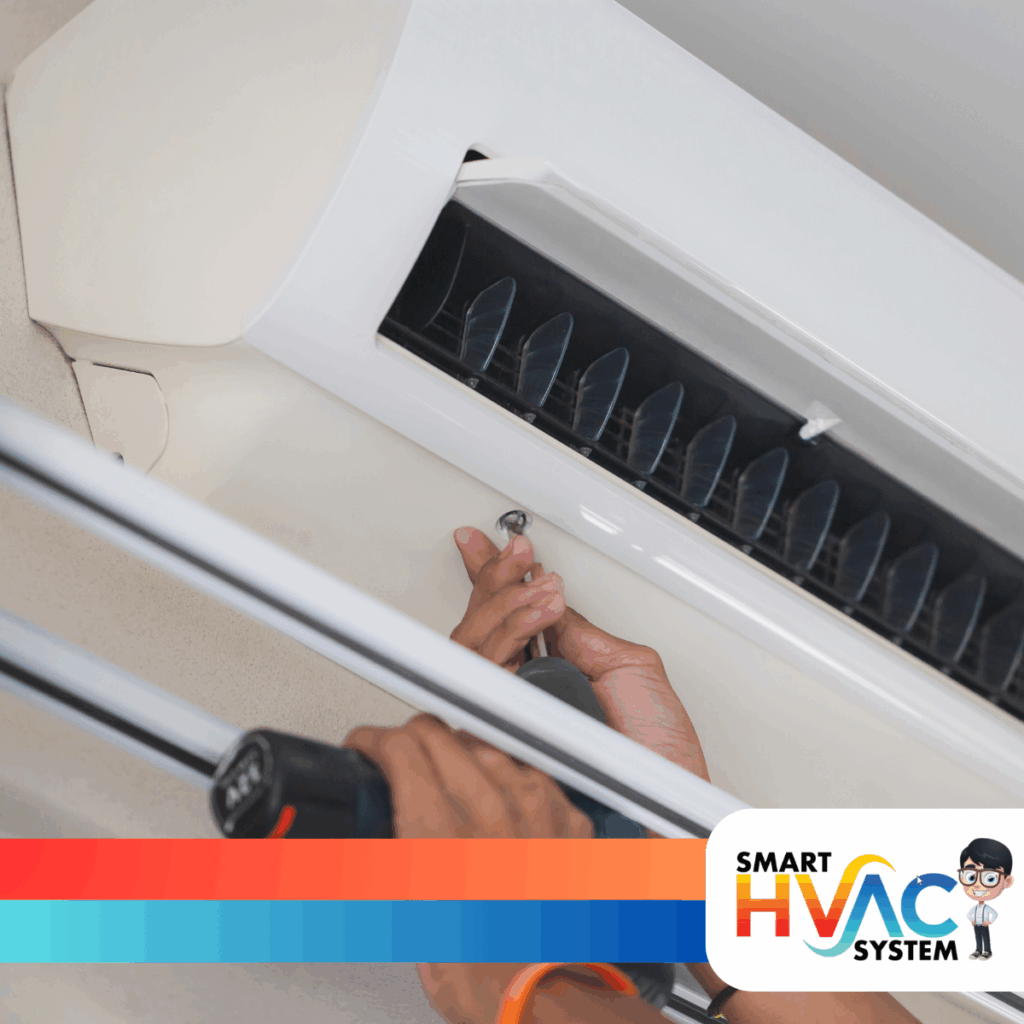our air conditioner works hard to keep you cool—but did you know a dirty AC unit can reduce efficiency, increase energy costs, and even shorten your system’s lifespan? The good news is, a little cleaning goes a long way.
Whether you’re a hands-on homeowner or just trying to stretch the life of your cooling system, this step-by-step guide will show you how to clean your air conditioner safely and effectively—for better performance, cleaner air, and lower bills.
Why Cleaning Your AC Matters
Over time, dirt, dust, pollen, and even mold can build up inside your air conditioning system, clogging filters, blocking airflow, and putting extra strain on the unit. The result?
- Higher energy consumption
- Reduced cooling power
- Unpleasant odors or allergens in your air
- Risk of system breakdown
Regular cleaning—alongside routine air conditioning maintenance—helps your HVAC system run smoothly and keeps your indoor air fresh and healthy.
Step-by-Step: How to Clean Your Air Conditioner
1. Turn Off the Power
Before you begin, turn off the power at the breaker or disconnect box. Safety first—this prevents electrical accidents while working on your unit.
2. Clean or Replace the Air Filter
The air filter is your first line of defense against dirt and dust.
🛠 Tip:
- Locate your filter (usually behind a grille or inside the air handler).
- If it’s reusable, rinse it with water and let it dry completely before reinstalling.
- If disposable, simply replace it with a new one—preferably every 30–60 days during heavy use.
3. Clean the Evaporator Coils (Indoor Unit)
The evaporator coils absorb heat from your home. When dirty, they can’t cool efficiently.
🧽 What to do:
- Open the access panel to reach the coils.
- Use a soft brush or no-rinse coil cleaner to remove dust and buildup.
- Wipe gently—coils are delicate!
✅ Bonus: Clean the surrounding area, including blower fan and drain pan.
4. Unclog the Condensate Drain Line
A clogged drain line can lead to moisture backup and even water damage.
🛠 Quick fix:
- Locate the PVC drain pipe and use a wet/dry vacuum to suck out any clogs.
- Pour a cup of white vinegar through the line every few months to prevent algae buildup.
5. Clean the Condenser Coils (Outdoor Unit)
Your outdoor AC unit releases heat from your home—but it can’t do that if it’s covered in leaves, grass, or dirt.
🧼 How to clean:
- Remove any large debris from around the unit.
- Use a garden hose to gently rinse the fins from the inside out. Avoid using high pressure, which can bend the fins.
- For deeper cleaning, use a coil cleaner and let it sit before rinsing.
6. Straighten the Coil Fins
Bent fins restrict airflow and reduce efficiency.
🛠 Tool tip:
- Use a fin comb (available at hardware stores) to gently straighten any bent aluminum fins on the outdoor condenser.
7. Clear the Area Around Your Outdoor Unit
Your AC unit needs breathing room.
🌿 Maintenance tip:
- Trim shrubs and grass at least two feet away from the unit.
- Avoid stacking items or placing furniture too close to the outdoor condenser.
8. Check and Clean the Thermostat
While not part of the unit itself, your thermostat plays a vital role in system performance.
🧽 Wipe it down, replace batteries if needed, and consider upgrading to a smart thermostat for better control and energy savings.
When to Call a Professional
While most of these steps are homeowner-friendly, schedule a professional air conditioning maintenance service at least once a year. A certified HVAC technician can:
- Perform a full system tune-up
- Check refrigerant levels
- Inspect electrical components
- Prevent small issues from turning into expensive repairs
Keeping your air conditioner clean isn’t just about looks—it’s about performance, savings, and peace of mind. A clean system cools more efficiently, lasts longer, and delivers cleaner air to your family.
READ MORE:
DIY Air Conditioner Maintenance: What You Can (and Shouldn’t) Do

